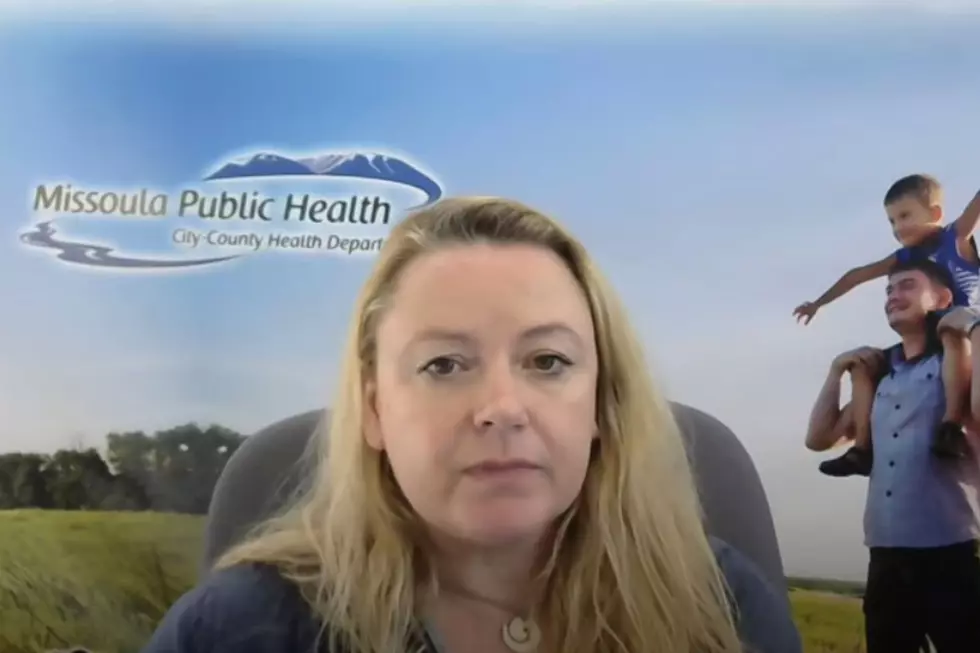
Tips on Viewing Waterfowl Migrations on Montana’s Freezout Lake
We finally made our first trip to Freezout Lake last spring to view the massive waterfowl migrations.
Although we did not hit a "rush hour" waterfowl-viewing day, it was still an awesome sight. And it's getting close to the time of year that can be the peak viewing season. Oh, we also finally noticed that "Freezout" is the correct spelling.
Swans seem to be the star of the show, but there are other impressive species migrating as well. In a typical spring, several hundred thousand migrating ducks, geese, swans and other birds pass through the area on their way to northern nesting grounds. Freezout provides an important place for them to stop, rest and refuel on their journey.
The wildlife management area, managed by Montana Fish, Wildlife & Parks, has also become popular with birdwatchers and anyone who wants to enjoy the chance to witness this natural spectacle. On a busy weekend during the peak of the migration, hundreds of visitors from across Montana and nearby states drive the roads at Freezout, waiting to catch sight of thousands of birds loafing on the area, lifting off the water to fly out and feed in nearby grain fields or continue their migration north.
It is not hard to recognize the regulars (we mean the people, not the birds in this case) with their tents, chairs, tripods, cameras and binoculars. If you stopped and asked some of them for advice and how the viewing has been, I'm guessing they would be more than happy to visit with you.
Although March is the peak month to see birds in the spring, it’s important to choose a day when large numbers of birds are present. Changing spring weather systems result in a constant string of waterfowl arriving and departing to continue their northward migration. In an average year, the last week to 10 days of March typically sees the largest number of migrating waterfowl. Paying careful attention to the time of day can also help wildlife watchers see more birds.
In past years, visitors had to rely on a telephone message recorded by Freezout-based FWP staff for updates on bird migration status. Recently, FWP transitioned to a web-based platform. You can see migration status here. It will be updated as conditions change.
WATCH OUT: These are the deadliest animals in the world
More From 96.9 Zoo FM









